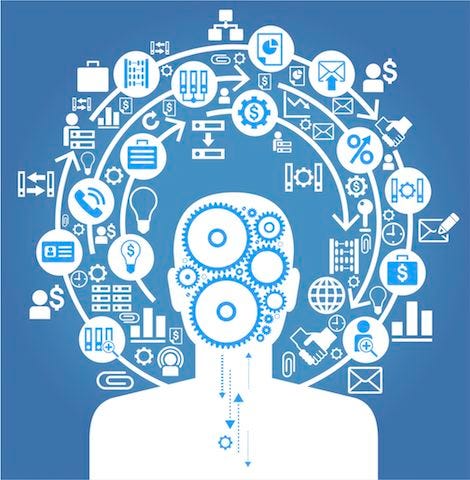When discussing “Networks,” there is an inclusion of technologies and how we connect with others using these technologies. What we share online is us exposing our interests, knowledge, and opinion to these networks is what builds our digital identity. It is the creation of our footprint on the interwebs of society using social media.
Like sharing secrets with our best friends, there is a level of trust that we put online that can interfere with our digital identity. There is an assumption that when we tell a friend a secret, they are not to spread the word. The same goes for online communication. That what we post online, we have the assumption it will stay in that specific group we share our life to. However, because it is an assumption, the understanding of the possibility of leaking information is still made possible. That is the risk of our Digital Identity, it is that, what we post, stays on the internet forever, leaving a digital footprint. Of course, different types of social media allow you to have control of whom to share it, the timing of shared content, etc. Needless to say, what is posted online, stays online.
We can have many types of digital identities. There is a professional identity, where the intention is based on employment, recruitment, and the reputation of the company/business. Like the same identity, we display ourselves when going for a job interview. A personal identity includes creating blogs about our lifestyle, our interests in topics such as music or current events, and many more about ourselves as an individual. This identity is as if we were making a new friend, revealing who we are to others. Lastly, there is an educational identity, where of course, you reveal yourself as a learner to your professors and share content you are learning, like this blog, for example.
To recap, digital identity is an electronic way of expressing who you or your company are, in a way that can captivate the attention of more than one person, but to a network society.
